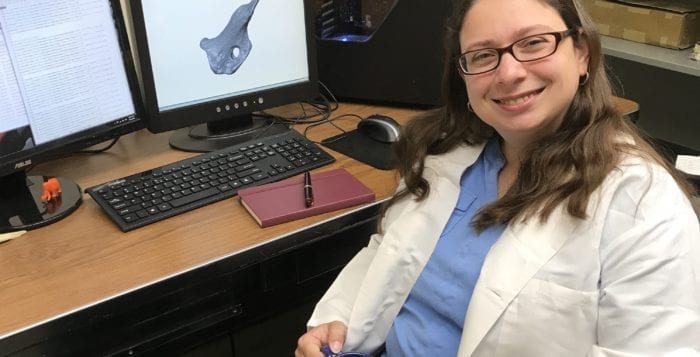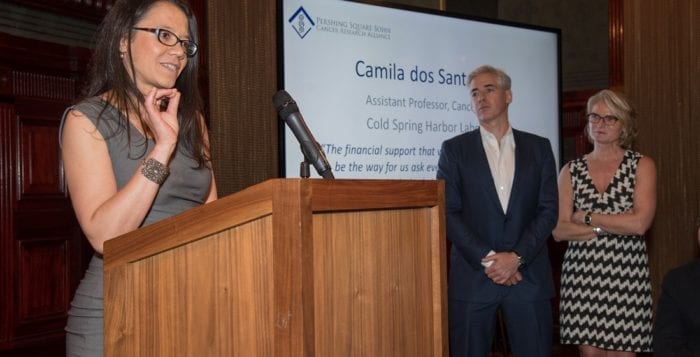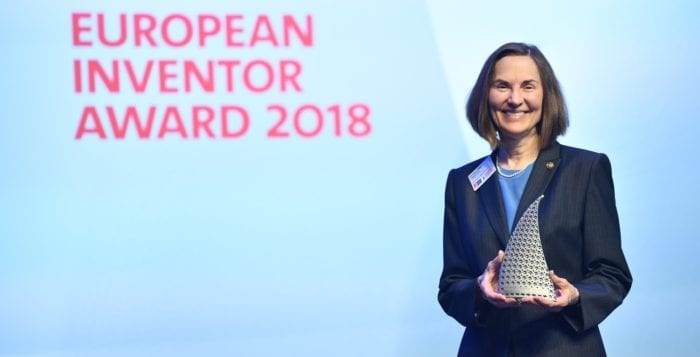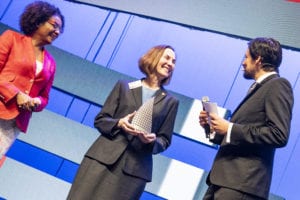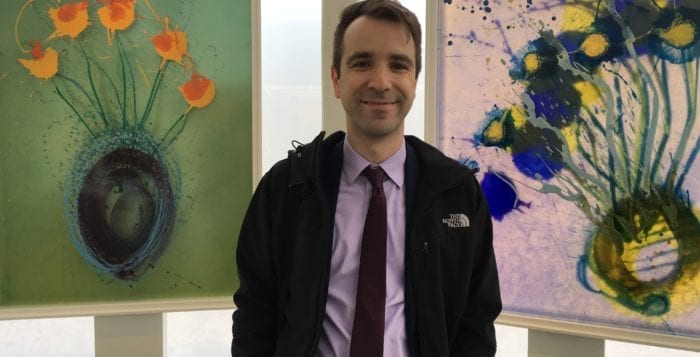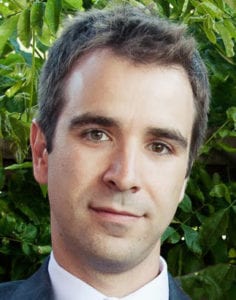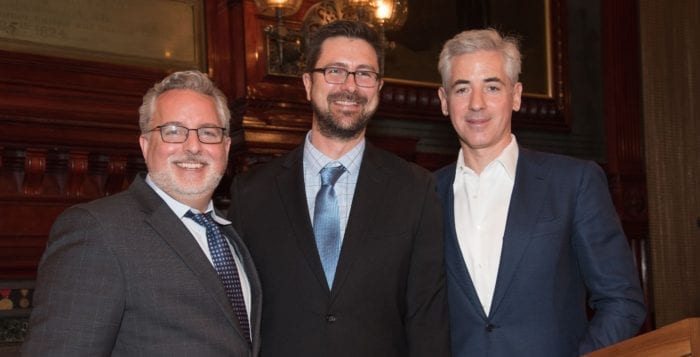They aren’t unicorns, tooth fairies or fantastic creatures from the C.S. Lewis “Narnia” series. And yet, for a Long Islander who spent considerable time standing knee deep in the waters around West Meadow Beach, listening to the aggressive screech of territorial red-winged blackbirds, the sight of a green ruby-throated hummingbird moving forward and backward in North Carolina brought its own kind of magic.
By the time I got out my cellphone and clicked open the camera app, the bird had disappeared.
While there are hummingbirds that periodically appear on Long Island, the sight of one in Charlotte so soon after our move here seemed like a charming welcome from the nonhuman quarters of Southeastern life.
Behind a Chili’s and Qdoba — yes, they are side by side in a strip mall here — we discovered a spectacular lake with a small walking path over the water near the shore. Looking down, we saw numerous fish hovering below and, to our delight, a collection of turtles, who all clearly have an appetite for the leftovers from the nearby restaurant.
We have also seen, and felt, considerably more bugs and mosquitoes, while we’ve heard cicadas, which, unlike the 17-year kind on Long Island, emerge here every year.
So, what about the two-legged creatures?
After the initial shock from the level of consideration other drivers displayed, it’s become clear that:
(a) The Northeast hasn’t cornered the market on aggressive and anxious drivers.
(b) You can take the New Yorker out of New York, but you can’t take New York out of the New Yorker.
Until I get North Carolina license plates, I have been driving the speed limit on smaller, local roads. Other cars have tailgated me so closely that I can practically read their lips as they talk on the phone or sing songs.
I watched a woman in a Mustang convertible, with rap music shouting profanities, weave in and out of traffic as her long hair waved in the breeze behind her. From a distance, the music and expletives were one and the same.
We have also seen an extensive collection of tattoos. A young FedEx driver climbed out of her truck and rang the bell to deliver a package. Her arms were so covered in colors and designs that it was difficult to discern a theme or pattern.
I walked into a supermarket behind a young couple pushing a baby stroller. The father had tattoos along the back of his muscular calves, while body ink adorned the well-defined shoulders and arms of his wife. I wondered if and when their young child might get her first tattoo.
When they find out we’re from the Northeast, people in North Carolina frequently become self-deprecating about their inability to handle cold weather. They laugh that flurries, or even a forecast for snow, shuts down the entire city of Charlotte. They assure us that no matter how much we shoveled elsewhere, we won’t have to lift and dump snow by the side of the road.
They ask how we’re handling the heat, which is often in the mid-90s, and the humidity, which is fairly high as well. While the three H’s — hazy, hot and humid — are my least favorite combination, I have certainly experienced many warm summers on Long Island, where shade or a trip into the ocean or a pool provide small comfort in the face of oppressive warmth.
With birds and insects of all sizes flying around, and drivers weaving in and out of traffic, North Carolina has displayed an abundance of high-energy activity.

